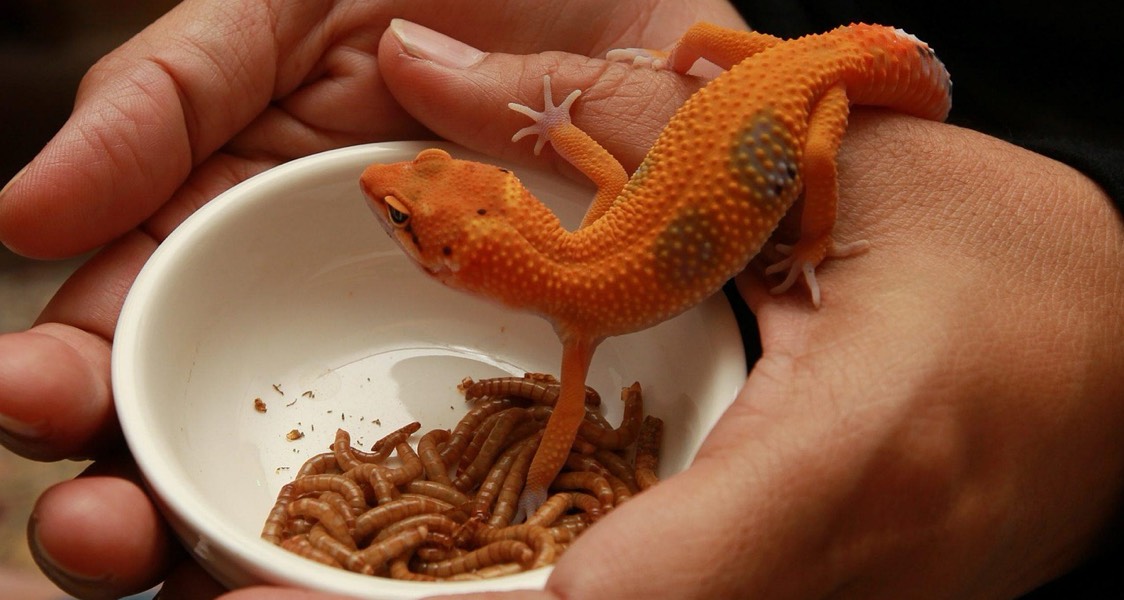Coir Block Bedding: Essential for Reptile Moisture Control
Jul 9, 2025

Want to keep your reptile healthy and happy?
Getting the humidity right in your reptile’s enclosure can be the difference between a thriving pet and costly vet bills. With 51% of exotic pets being reptiles, proper bedding isn’t just nice to have – it’s essential for millions of pet owners.
Here’s the thing…
Most reptile health problems come down to one issue: moisture control. Too much humidity and your pet gets respiratory infections. Too little and they struggle with shedding problems that can turn serious fast.
What you’ll discover:
- The Hidden Moisture Problem Every Reptile Owner Faces
- Why Coir Block Bedding Changes Everything
- Perfect Humidity Made Simple
- The Economics of Smart Bedding Choice
The Hidden Moisture Problem Every Reptile Owner Faces
Most reptile owners don’t realize they’re fighting a losing battle. You set up the perfect enclosure, buy the best heating, and think you’re done. But here’s what really happens…
Your reptile’s health depends on getting humidity exactly right. Too high and bacterial infections start growing. Too low and your pet can’t shed properly, leading to stuck skin that cuts off circulation.
The numbers don’t lie. The reptile enclosure market is expected to hit $2.54 billion by 2032, growing at 7.8% annually. Why? Because pet owners are finally understanding that proper habitat setup isn’t optional.
But here’s the kicker – most bedding materials work against you. Regular substrates either hold no moisture at all or create a soggy mess that breeds bacteria. You need something that gives you precise control.
Why Coir Block Bedding Changes Everything
Coconut coir bedding isn’t just another substrate option. It’s a moisture management system that actually works. Quality Coir Blocks give you the precise control that regular bedding materials simply can’t match.
Here’s what makes it special: Coir can retain up to nine times its dry weight in water. That means you get consistent humidity without the guesswork.
Unlike other bedding materials that either absorb nothing or everything, coir gives you control. You can adjust moisture levels by species – keep it dry for desert dwellers or damp for tropical reptiles.
The best part? It’s completely natural and safe. No chemicals, no dust, no weird additives that might harm your pet.
Natural Odor Control That Actually Works
Nobody talks about this, but reptile enclosures can get smelly fast. Waste, uneaten food, and stagnant water create odors that regular bedding can’t handle.
Coir naturally breaks down waste and controls odors. The organic fibers absorb ammonia and other nasty smells, keeping your reptile’s home fresh. This isn’t marketing fluff – it’s basic chemistry.
Perfect Humidity Made Simple
Getting humidity right used to mean constant monitoring and adjusting. Not anymore.
With coir block bedding, you set it once and maintain it easily. For tropical species that need 70-80% humidity, add more water. For desert species that prefer 30-50%, use it dry or lightly misted.
The secret is in the structure. Coir has millions of tiny capillaries that act like micro-sponges. They hold moisture when you need it and release it gradually. No more humidity spikes that stress your pet.
Setting up is dead simple:
- Remove the compressed block from packaging
- Add warm water and let it expand
- Break apart by hand and spread evenly
- Adjust moisture level for your specific reptile
You’ll get about 65-70 liters of bedding from a single 4.5kg block. That’s enough to fill most enclosures with a 2-3 inch depth – exactly what reptiles need for burrowing and nesting.
Preventing Health Problems Before They Start
Here’s something most people don’t know… Inadequate humidity is the leading cause of shedding problems in reptiles. Stuck shed isn’t just ugly – it cuts off circulation and can lead to serious infections.
Proper coir bedding prevents this by maintaining consistent moisture levels. Your reptile gets the hydration they need through their skin, making shedding smooth and complete.
The same goes for respiratory issues. Dry air irritates reptile lungs, but overly humid conditions breed bacteria. Coir gives you that sweet spot where your pet can breathe easily.
The Economics of Smart Bedding Choice
Let’s talk money for a second. The pet bedding market is worth $4.32 billion and growing fast. Pet owners are spending more because they’re realizing cheap bedding costs more in vet bills.
A quality coir block might cost more upfront than paper towels or cheap wood shavings. But it lasts longer, works better, and prevents health problems that cost hundreds in veterinary care.
Think about it this way: One vet visit for a respiratory infection or shedding problem can cost $200-500. A year’s worth of quality coir bedding costs less than $100. Pretty easy math.
Plus, coir is completely biodegradable. When you’re done with it, throw it in your garden compost. Your plants will love the organic matter, and you’re not filling landfills with synthetic waste.
Easy Maintenance That Saves Time
Nobody wants to spend hours cleaning reptile enclosures. With coir bedding, maintenance becomes simple spot-cleaning.
The natural structure breaks down waste and makes it easy to remove problem areas without replacing the entire substrate. Just scoop out the affected section and add fresh coir where needed.
Monthly deep cleaning becomes a breeze. The loose, fibrous texture doesn’t compact like soil or get moldy like paper products. Everything lifts out cleanly, and you can compost the old bedding guilt-free.
Species-Specific Success Stories
Different reptiles need different approaches, but coir works for almost everyone.
Ball pythons love the moisture retention for easy shedding.
Bearded dragons benefit from the natural digging substrate.
Leopard geckos get perfect humidity in their hides without the main enclosure becoming too damp.
Even hermit crabs and tarantulas thrive on coir bedding. The consistent moisture supports molting without creating bacterial problems.
The versatility means you can use the same bedding type across multiple enclosures, simplifying your supply ordering and storage.
Setting Up Your Moisture Control System
Ready to upgrade your reptile’s habitat? Here’s how to do it right.
Start with a quality coir block from a reptile-specific supplier. Generic garden coir might have additives or salt content that’s harmful to reptiles.
Expansion is key. Use warm, dechlorinated water to expand the block. This prevents shocking your reptile with temperature changes and avoids chlorine exposure.
Spread the coir 2-3 inches deep for most species. This gives enough depth for natural behaviors like burrowing while maintaining proper moisture distribution.
Monitor humidity with a quality hygrometer placed at your reptile’s level. Remember, humidity varies throughout the enclosure – what matters is where your pet spends time.
Adjust moisture by misting lightly or adding small amounts of water to specific areas. The beauty of coir is you can create humidity gradients easily.
Final Thoughts on Smart Reptile Care
Coir block bedding isn’t just another product choice – it’s a humidity management system that makes reptile keeping easier and more successful.
By choosing quality bedding that works with your reptile’s natural needs, you’re preventing health problems, reducing maintenance time, and creating a habitat your pet will thrive in.
The investment pays for itself in reduced vet bills, easier cleaning, and most importantly, a healthier, happier reptile. In a market growing at nearly 8% annually, smart pet owners are realizing that quality bedding isn’t an expense – it’s essential care.
Make the switch to coir block bedding and watch how much easier reptile keeping becomes when you get the moisture control right.


Disclaimer: healthcareforpets.com and its team of veterinarians and clinicians do not endorse any products, services, or recommended advice. All advice presented by our veterinarians, clinicians, tools, resources, etc is not meant to replace a regular physical exam and consultation with your primary veterinarian or other clinicians. We always encourage you to seek medical advice from your regular veterinarian.

